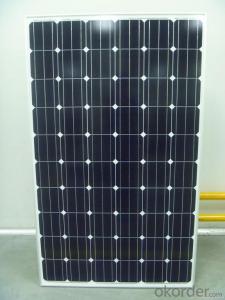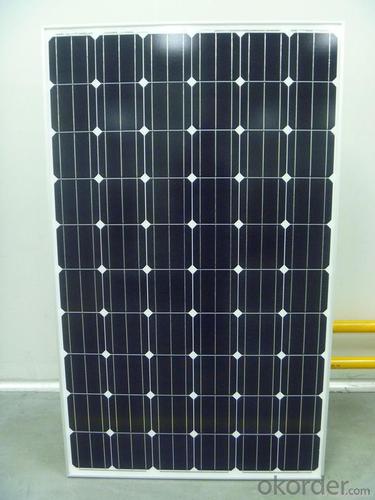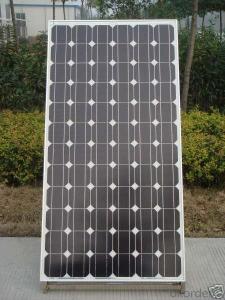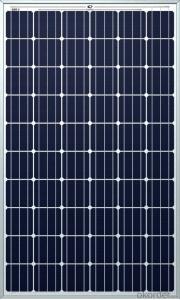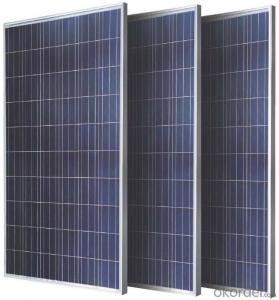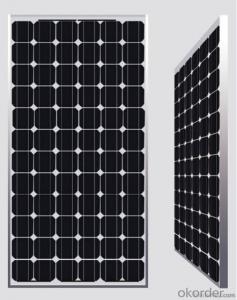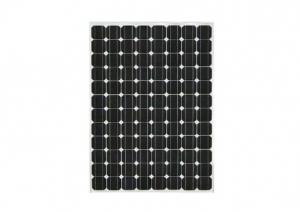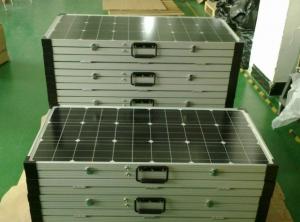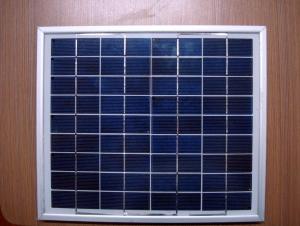Emf Solar Panels - 280w Mono & Poly 260w/265w/270w/280w/300w/310w High Efficiency Solar Module
- Loading Port:
- Shanghai
- Payment Terms:
- TT OR LC
- Min Order Qty:
- 1000 watt
- Supply Capability:
- 10000 watt/month
OKorder Service Pledge
OKorder Financial Service
You Might Also Like
Specification
Features
1) Product name: solar panel / module
2) Solar cell: Mono-crystalline / Poly-crystalline / Amorphous
3) Tempered glass laminated with aluminum frame
4) Life time: 20 - 25 years
5) Temperature co-efficiency: A=+1,46mA B=-79mV, Rp/p=-0.43
6) Power specification at 1kW/m 2, AM 1, 5
7) Output cable: multi contact connectors
8) Construction:
a) Front: High-transmission 32mm tempered glass
b) Back: TPT
c) Encapsulant: EVA
9) Frame: aluminum
10) Certification: CE, TUV
Specification
STC | BSM230P-60 | BSM235P-60 | BSM240P-60 | BSM245P-60 | BSM250P-60 | BSM255P-60 | BSM260P-60 |
Maximum Power | 230W | 235W | 240W | 245W | 250W | 255W | 260W |
Module Efficiency | 14.10% | 14.35% | 14.66% | 14.96% | 15.30% | 15.60% | 16.00% |
Maxi Power Current | 7.62A | 7.72A | 7.895A | 8.033A | 8.23A | 8.31A | 8.47A |
Maxi Power Voltage | 29.5V | 30.2V | 30.4V | 30.5V | 30.4V | 30.6V | 30.7V |
Short Circuit Current | 8.31A | 8.59A | 8.718A | 8.781A | 8.81A | 8.84A | 8.93A |
Open Circuit Voltage | 36.8V | 36.8V | 37.2V | 37.2V | 37.6V | 37.7V | 37.8V |
Power Tolerance | 0~+5W |
| Values at Standard Test Conditions STC(Air Mass AM1.5,Irradiance 1000W/m²,Cell Temperature 25℃) | |
| Mechanical Characteristics | |
Cell Type | Polycrystalline 156x156mm,60(6x10)pcs in series |
Glass | High Transmission,Low Iron,Tempered Glass |
Frame | Anodized Aluminium Alloy |
Junction box | IP65/IP67 rated,with bypass diodes |
Dimension | 1640x990x35/40mm |
Output Cable | 4mm2(EU)/12AWG(US),1000mm² |
Weight | 19Kg |
Installation Hole Location | See Drawing Above |
No.of Bypass Diodes | 3/6 |
Images
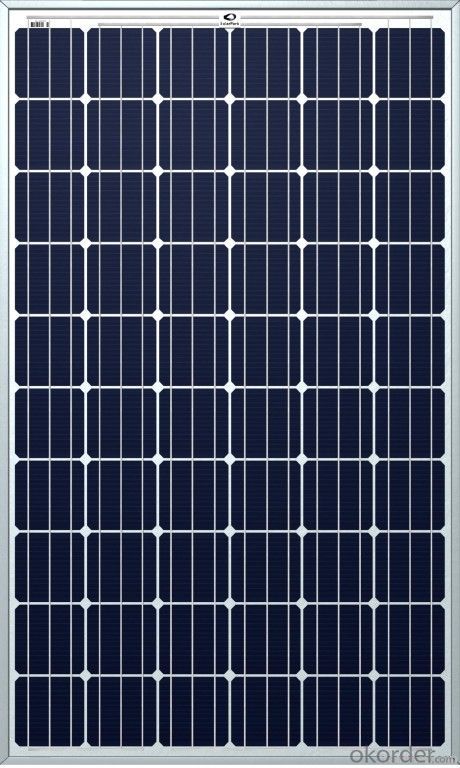
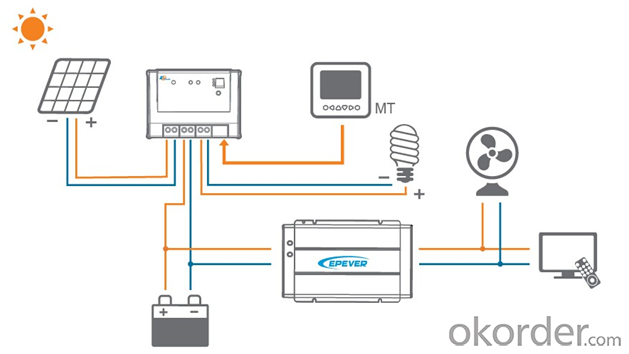
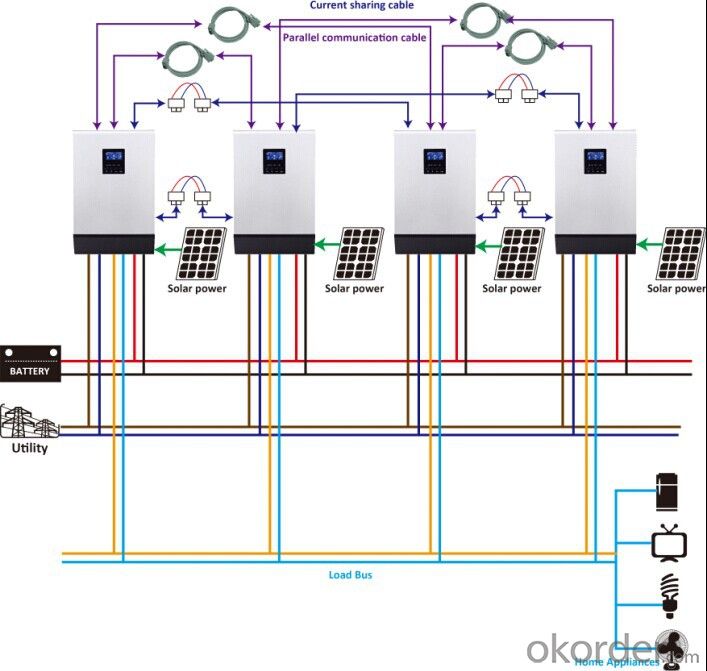
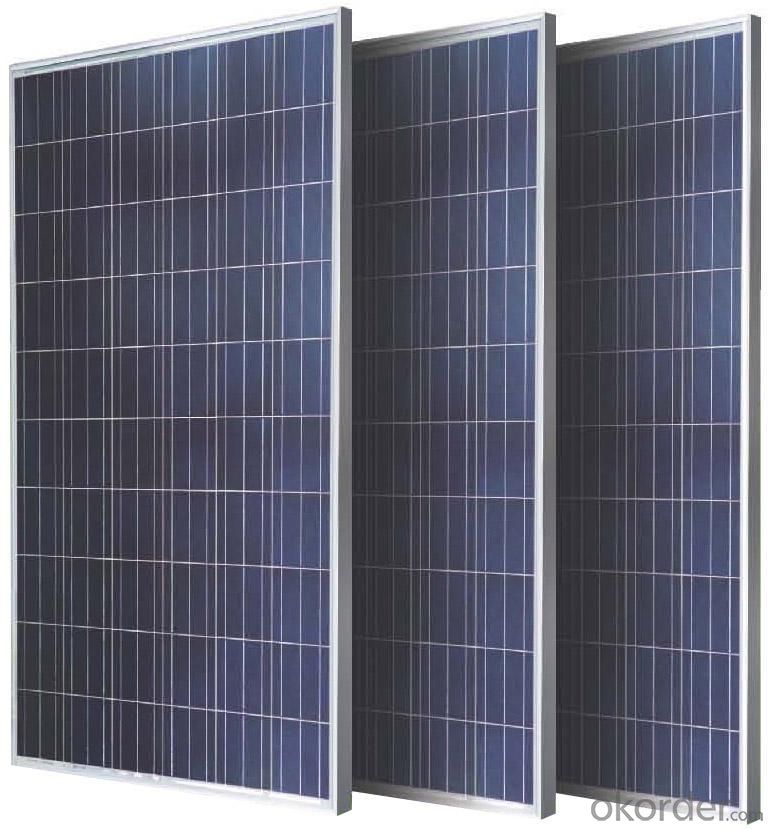
Packaging & Shipping
What is the packing?
1.Package: Carton Box for packaging, or Wooden Box advised for Samples to protect in transportations. Package designed by Clients is welcomed.
2.Shipping: DHL,FEDEX,UPS,EMS,AirWay and By Sea.
3.Payment: T/T( telegraphic transfer (T/T) and Western Union
4.Welcome to your Sample Order to test First.
FAQ
Q1: How to choose a right inverter?
A1:Tell us your demand, then our sales will recommend a suitable inverter to you.
Q2: What's the different between inverter and solar inverter?
A2: Inverter is only accept AC input, but solar inverter not only accept AC input but also can connect with solar panel to accept PV input, it more save power.
Q3: How about the delivery time?
A3: 7 days for sample; 25 days for bulk order.
- Q: I have two solar panels that were going to be trashed at work. I want to use them to charge batteries on my RV but i noticed they put out around 20 volts in direct sunlight. So i am wondering: -isn't this way too much voltage for a 2 volt system? -do a need some sort of a regulator connected to keep them from overcharging?
- You okorder /
- Q: Can solar panels be connected to the grid?
- Yes, solar panels can be connected to the grid through a process called grid-tie or grid-connected system. This allows excess electricity generated by the solar panels to be fed back into the grid, reducing reliance on traditional power sources and potentially earning credits or payments from the utility company.
- Q: Are solar panels a good investment?
- Yes, solar panels are a good investment. They offer long-term financial benefits through reduced electricity bills, potential tax incentives, and increased property value. Additionally, they contribute to a cleaner environment by reducing carbon emissions and dependence on fossil fuels.
- Q: Can solar panels be installed in areas with heavy snowfall?
- Yes, solar panels can be installed in areas with heavy snowfall. However, it is important to consider the impact of snow on the performance and efficiency of the panels. Proper installation and orientation, along with regular snow removal, are necessary to ensure optimal energy production during snowy periods. Additionally, the use of tilt mounts or snow guards can help prevent snow buildup and improve the effectiveness of solar panels in such areas.
- Q: I am looking to buy a solar panel.What does it mean when in the title it says 200 watts, or 50 watts?
- Panel ratings are supposed to be standardized, the Watt value when tested at noon in July in the central U.S. on a clear day with the panel pointed straight up at the sun. The maximun theoretical power you could get is about 000 Watts per square Meter. Actual power taking into account efficiency losses wll be more like 850 Watts.
- Q: I am doing a science fair project on solar panels, and I need four solar panels to conduct the experiment. I would only need the solar panels for a week. What type of solar panel should I get?
- Solar okorder
- Q: Can solar panels be installed on a commercial building?
- Yes, solar panels can definitely be installed on a commercial building. In fact, many businesses are increasingly adopting solar energy to reduce their carbon footprint, save on electricity bills, and take advantage of various incentives and tax credits available for renewable energy installations. Commercial buildings often have ample roof space and large surface areas, making them ideal for the installation of solar panels. Additionally, advancements in solar technology and the availability of flexible mounting options make it easier to integrate solar panels into commercial building designs.
- Q: Do I need some type of regulator when the batteries are fully charged.?? The Arco Panels voltage is approx 7VDC at 2.5 amps, Should I limited the voltage to 4VDC???. I would like to connect both panels to up to five batteries at one time...???
- You can buy Solar Charger Regulators. I don't. These chargers limit the charging current to the batteries, so you do not get a full efficiency of the solar panel. They disconnect the batteries from the user side (the bulbs you use) if the battery voltage goes below a certain level (i.e. below 8V for a 2V battery), so you cannot use all the power available in the batteries, even in emergency. They introduce, at least, a 0.7V loss (diode forward voltage) between the panel and the battery. If you have SEVERAL panels and a lot of batteries, use a controller as above. If you only have one panel, insert a 5A trip fuse in line (in your case: twice the current of the panel), and a 0-20A diode in series between the panel and the batteries (Kathode side of the + of the battery, Anode side of the + of the panel). Install a voltmeter across the battery. The fuse will prevent any short or over-charge current. The diode will prevent the battery to discharge into the panel at night if it is not already protected. The voltmeter will allow you to watch the status. Your thought of limiting the voltage is useless: should the battery be low, the panel will drop its voltage, limited by the max current. Should the battery be fully charged and the solar panel at full efficiency, it will just try to charge the battery more. A bit of bubbles may result, hence the voltmeter to watch over it. If you want to limit the voltage to 4V, put a 4V Zener (4Vx2.5W!) in series with a resistor of, say, 7V-4V/2.5A or ~ Ohm, 5W, in parallel with the panel.
- Q: I have two solar panels and I have measured that they produce V by themselves. I am trying to generate .5V, but whenever I hook them up in parallel I get something like .02V. What it happening?
- Build okorder /
- Q: That one costs money but looks like it might work. I don't really have the money for it but if it works then it would probably be worth it. Do homemade solar panels really work or is it just a gimmick? I'm really interested to see if anyone has actually tried this and to see what they say about it.Thanks
- The technology of the solar panels is way beyond any DIY project. You can buy pre-assembled panels and install them, but you also need the devices to make the DC they generate into the AC your home needs. Also you will need the batteries for the nights and the times when the sun does not shine. Solar/ photo voltaic generation does work but is not a cost effective way to reduce your reliance on the electrical grid as of this time. They cost 2 arms and a leg, and take many years to come close to break even on the electrical savings. Do a search on the amount of power each panel will generate and then compute how much power you need and what the costs are. I believe in solar power, but not for an individual residence is it practical. Good luck.
Send your message to us
Emf Solar Panels - 280w Mono & Poly 260w/265w/270w/280w/300w/310w High Efficiency Solar Module
- Loading Port:
- Shanghai
- Payment Terms:
- TT OR LC
- Min Order Qty:
- 1000 watt
- Supply Capability:
- 10000 watt/month
OKorder Service Pledge
OKorder Financial Service
Similar products
Hot products
Hot Searches
Related keywords
